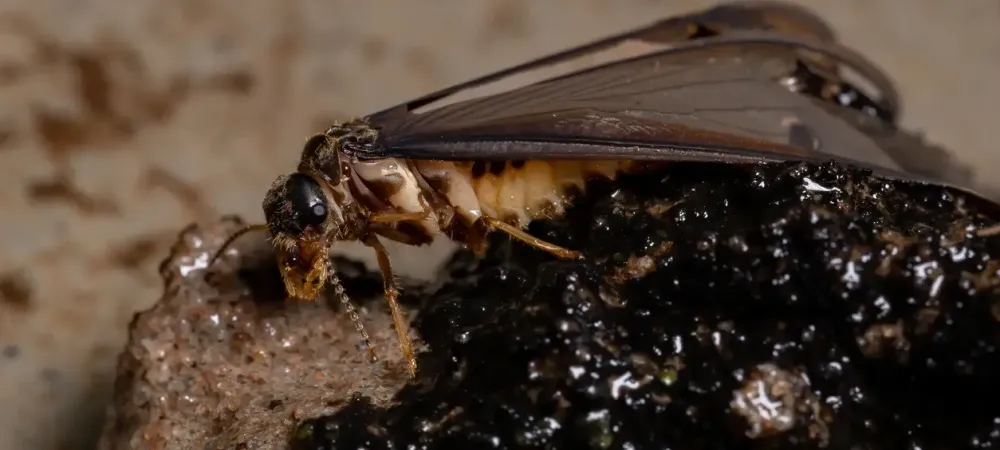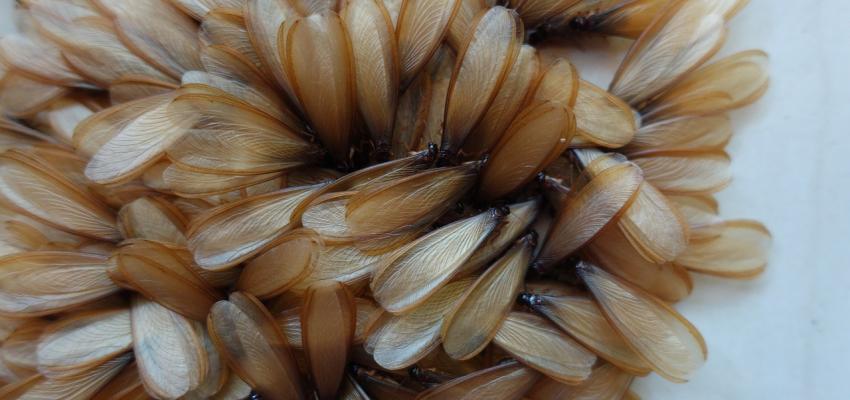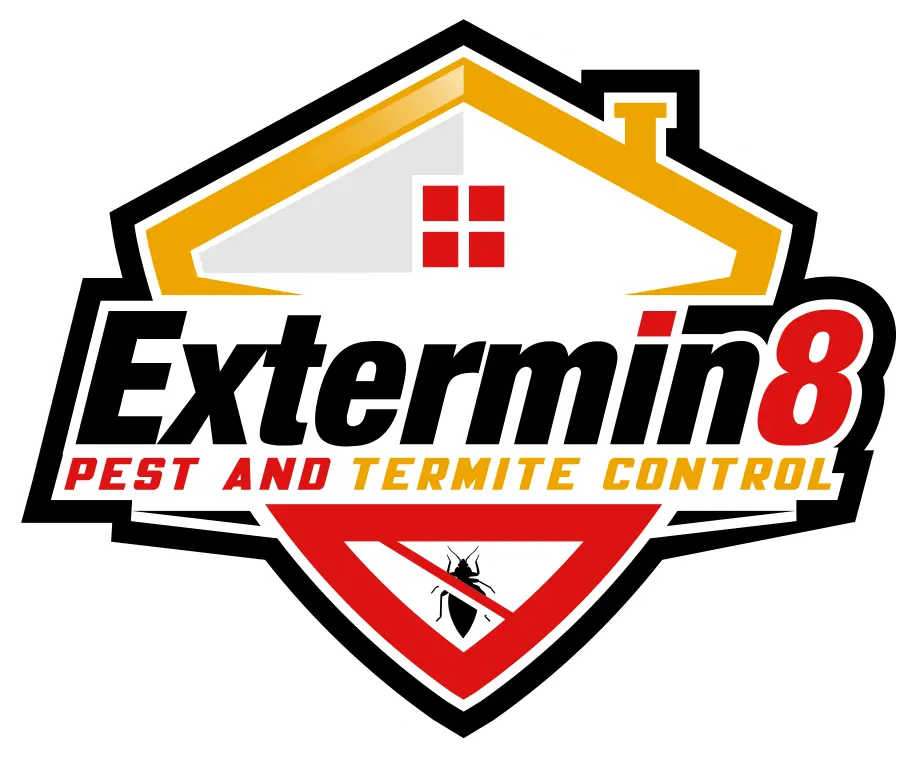When Do Termites Swarm in California?

Termites are a constant threat to homes, especially in sunny California, where warm temperatures and dry conditions create the perfect environment for these wood-damaging pests. One of the most important things homeowners should know is when termites swarm, as this behavior is an indication of a larger infestation or a colony trying to expand. In this blog, we'll explore when termites typically swarm in California, the signs to look for, and how you can protect your home.
What Are Termite Swarms?
A termite swarm occurs when a mature colony releases winged reproductive termites, known as alates, into the air to mate and start new colonies. Swarming is the method termites use to reproduce and spread, making it a critical time for homeowners to act quickly if they spot signs of activity.
When Do Termites Swarm?
In California, termite swarms usually take place during the warmer months, from late winter to early spring. This is when temperatures rise and humidity levels increase, creating ideal conditions for swarming. In coastal areas, swarms can occur as early as January, while inland regions might see swarming starting in March or April, continuing into May.
There are two primary types of termites that swarm in California: subterranean termites and drywood termites. Both species follow a similar swarming pattern, but there are some differences in timing:
- Subterranean Termites: These termites typically swarm during the evening hours on warm, calm days. Swarms can be observed from February to April, depending on the local climate.
- Drywood Termites: These termites prefer warmer, drier climates and typically swarm from late summer through fall. However, in southern California's milder climates, they may swarm year-round.
Signs of Termite Swarming
While termites themselves may be difficult to spot, there are several key signs homeowners can look for when swarming season arrives:
- Winged Termites (Alates): If you see a large number of winged termites near windows, doors, or light sources, this is a strong indication of a termite swarm.
- Termite Droppings (Frass): Drywood termites often leave behind tiny, pellet-like droppings that accumulate around their entry points.
- Mud Tubes: Subterranean termites create mud tubes to travel between their colonies and food sources. These tubes are often found near the foundation or in crawlspaces.
- Damaged Wood: Termites eat wood from the inside out. If you tap on wooden surfaces and hear a hollow sound, or notice wood that’s easily crumbled, it could be a sign of an infestation.

How to Protect Your Home Against Swarming Termites
If you're in California, where termites are an ongoing concern, taking preventative measures is essential. Here are a few tips to safeguard your home from termites:
- Inspect Regularly: Schedule a professional inspection at least once a year, particularly before or during swarming season. A licensed pest control company can check for signs of termites and assess the potential for an infestation.
- Keep Wood Away from the Foundation: Store firewood, lumber, and other wooden materials away from your home. This limits access points for termites and reduces the chance of an infestation.
- Fix Leaks: Termites thrive in damp environments. Fix leaks around plumbing, windows, and doors, and ensure proper drainage around your property to keep your home dry.
- Seal Cracks and Gaps: Seal any cracks in your home’s foundation or exterior. Termites can squeeze through tiny spaces, so ensuring a tight seal is crucial.
- Turn Off Lights at Night: Minimize outdoor lighting, particularly near entrances or windows, to reduce the attraction for swarming termites.
- Consider Professional Treatment: If you suspect a termite problem or want to be proactive, professional treatment options such as liquid termiticides, bait systems, or fumigation can help protect your home from termites.
Consider Professional Termite Treatments
Termite swarming season in California is a critical time for homeowners to be vigilant. Whether you're dealing with subterranean or drywood termites, recognizing the signs of swarming early can help you prevent significant damage to your property. Regular inspections, prompt action, and preventative measures can make all the difference in safeguarding your home from these destructive pests.
If you’ve spotted a termite swarm or suspect an infestation, don't hesitate to contact your pest control professionals at Extermin8 Pest and Termite Control. Protecting your home from termites is an investment that pays off in the long run!
For more information on termite control or to schedule an inspection, give us a call today!
What Attracts Swarming Termites To Your House?
Swarmer termites are attracted to several factors:
- Warm weather: Swarming happens during the warmer months, especially in spring or early summer.
- Moisture: Leaks or areas with excessive moisture, such as plumbing issues or poor drainage, draw termites to your home.
- Wood: Termites feed on wood, so homes with accessible wooden materials, like decks or structural beams, are more likely to attract them.
- Light: Termites are attracted to light, which is why swarming often occurs near windows or porch lights during the evening hours.
What Do Swarmer Termites Look Like?
Swarmer termites (alates) are typically 1/2 to 3/4 inch long with two pairs of wings that are equal in size, longer than their bodies. They are dark brown or black and have straight antennae, unlike ants, which have bent antennae. After mating, they shed their wings, often leaving a pile near windows, doors, or light sources, signaling the presence of termites.
What Does It Mean To Find Insect Wings Near Windows?
Finding insect wings near windows or light sources is a strong sign that a termite swarm has occurred. Termites shed their wings after mating and searching for a new colony site, so if you notice a pile of wings, it suggests that termites have recently swarmed in or around your home. This could indicate an ongoing infestation that requires immediate attention from a pest control professional.
